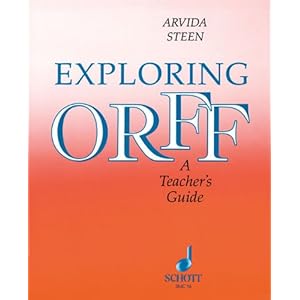This is the my new bulletin board in the hallway directly outside my room.
I have seen this bulletin board on Pinterest a few times. I first noticed it posted from Mrs. King's Music Room. The use of the National Standards really caught my attention.

I quickly researched and found that the Ice Cream Scoops are available for free download at this link: http://www.musicbulletinboards.net/printbbs.htm
I printed my ice cream scoops on cardstock and laminated them so they would withstand years of use. I used music note material as the background. I used fluffy quilt batting for the whipped cream. I used a silver Sharpie marker to write on the black bowl.
If you do not have a colored printer, you could also print the words in black onto colored paper. Here is an example found on the musicbulletinboards.net webpage:
I like the use of iridescent cellophane as the whipped cream in this picture.
This was the easiest and cutest bulletin board I have ever made. It may stay up in the hallway for open house and through the first parent-teacher conferences and then I may move it into my room permanently.
ENJOY!!!
























